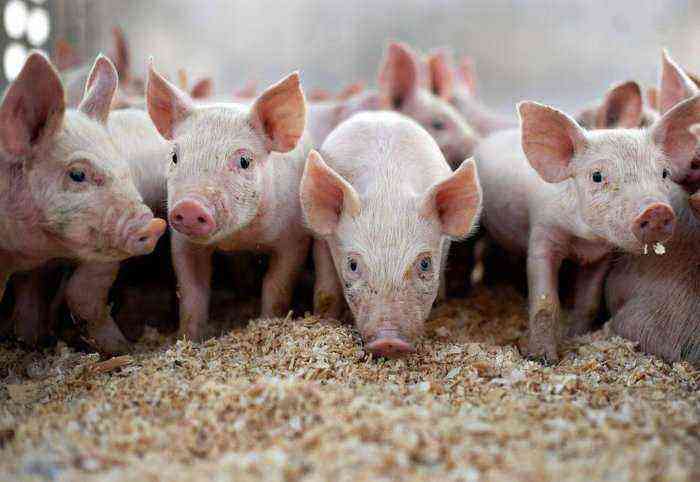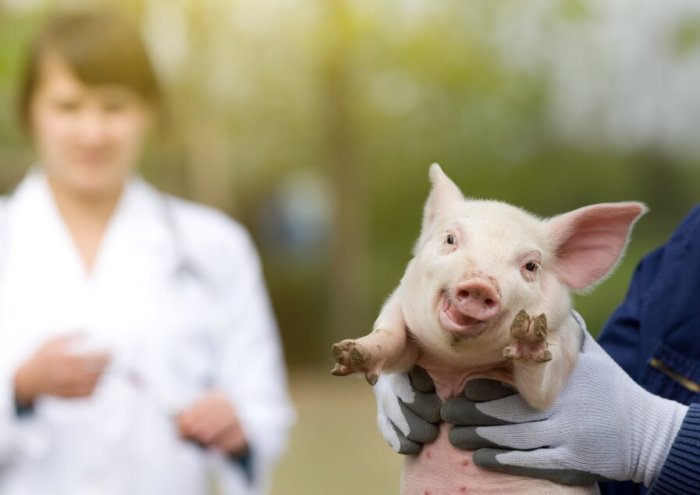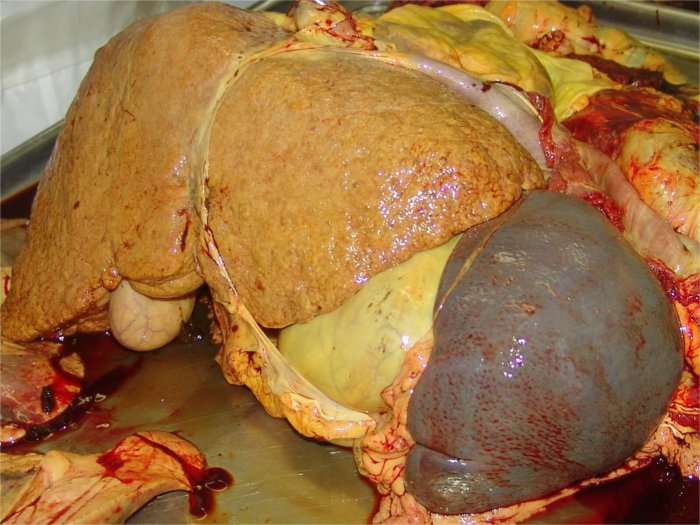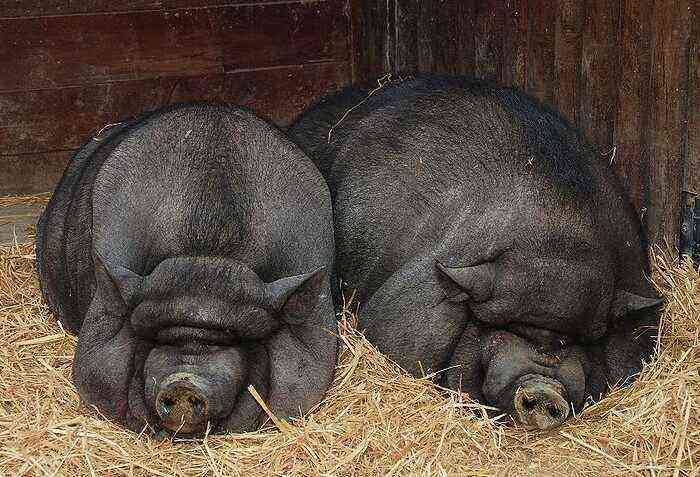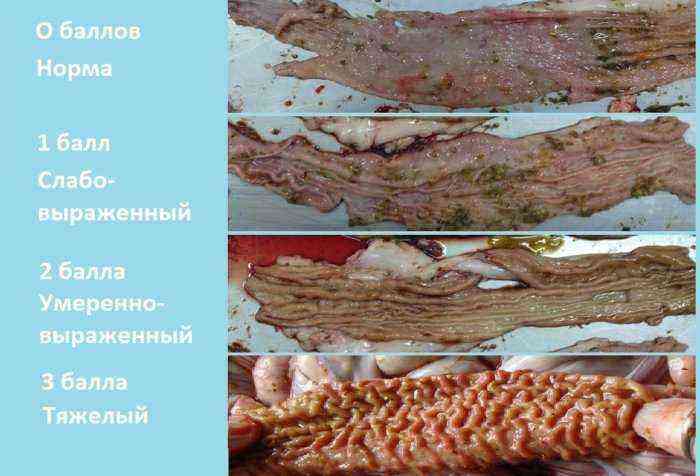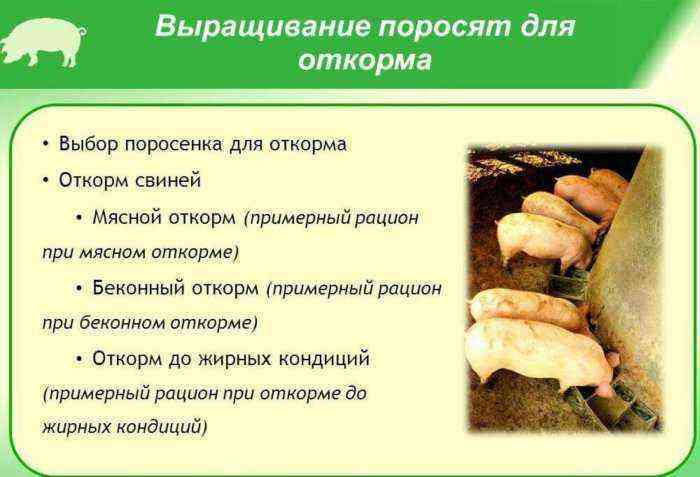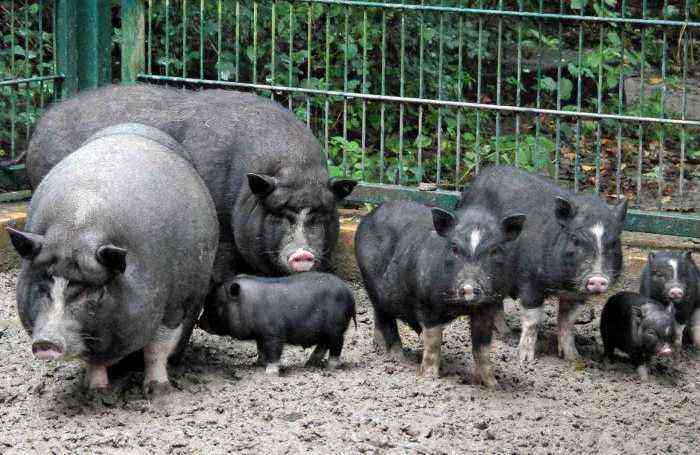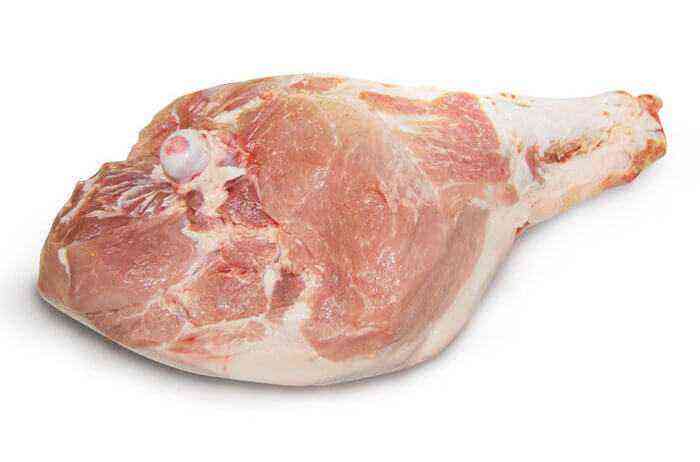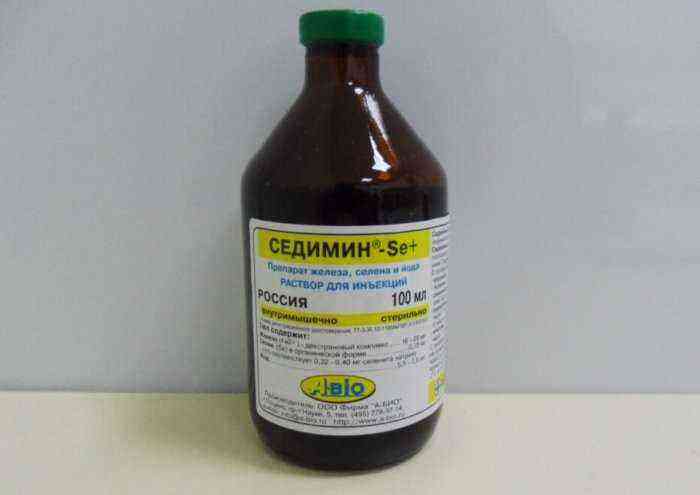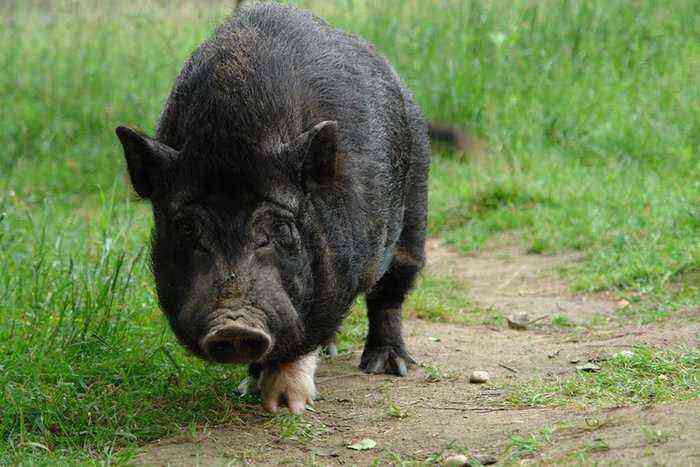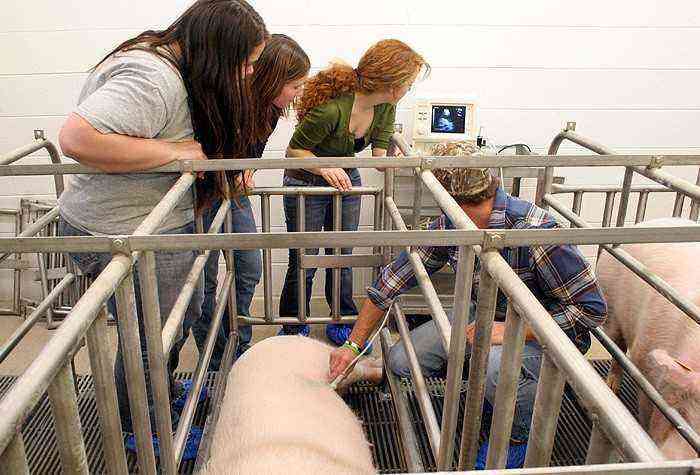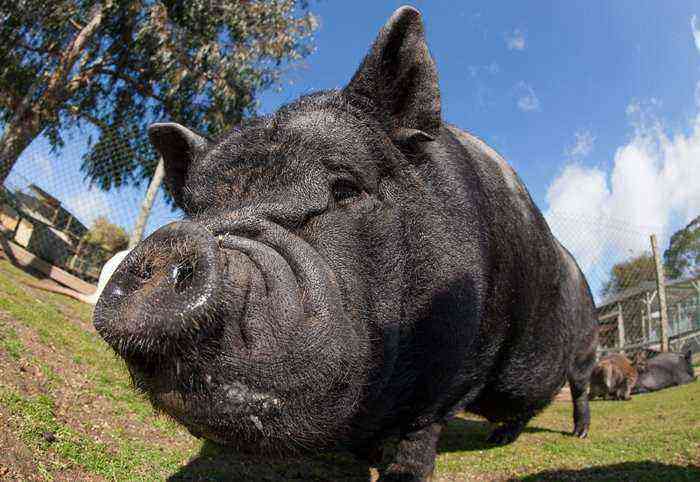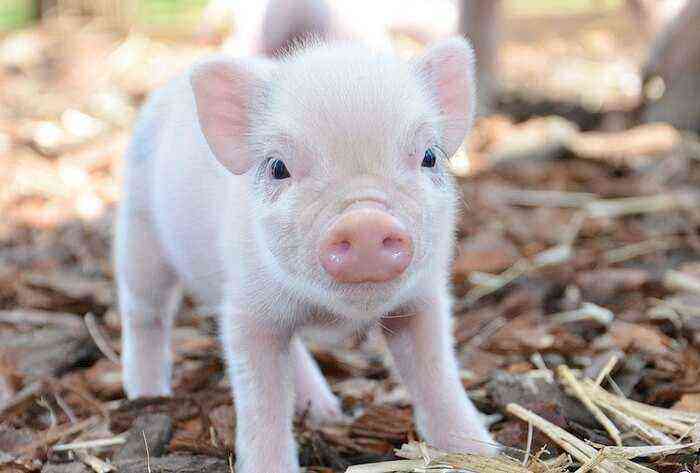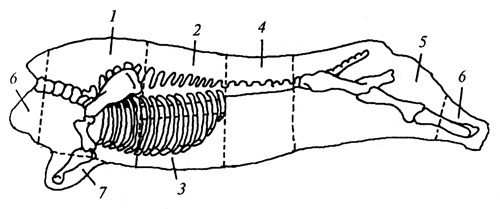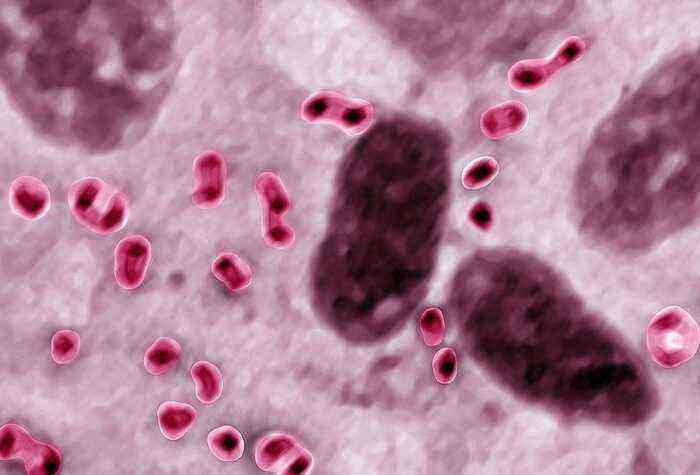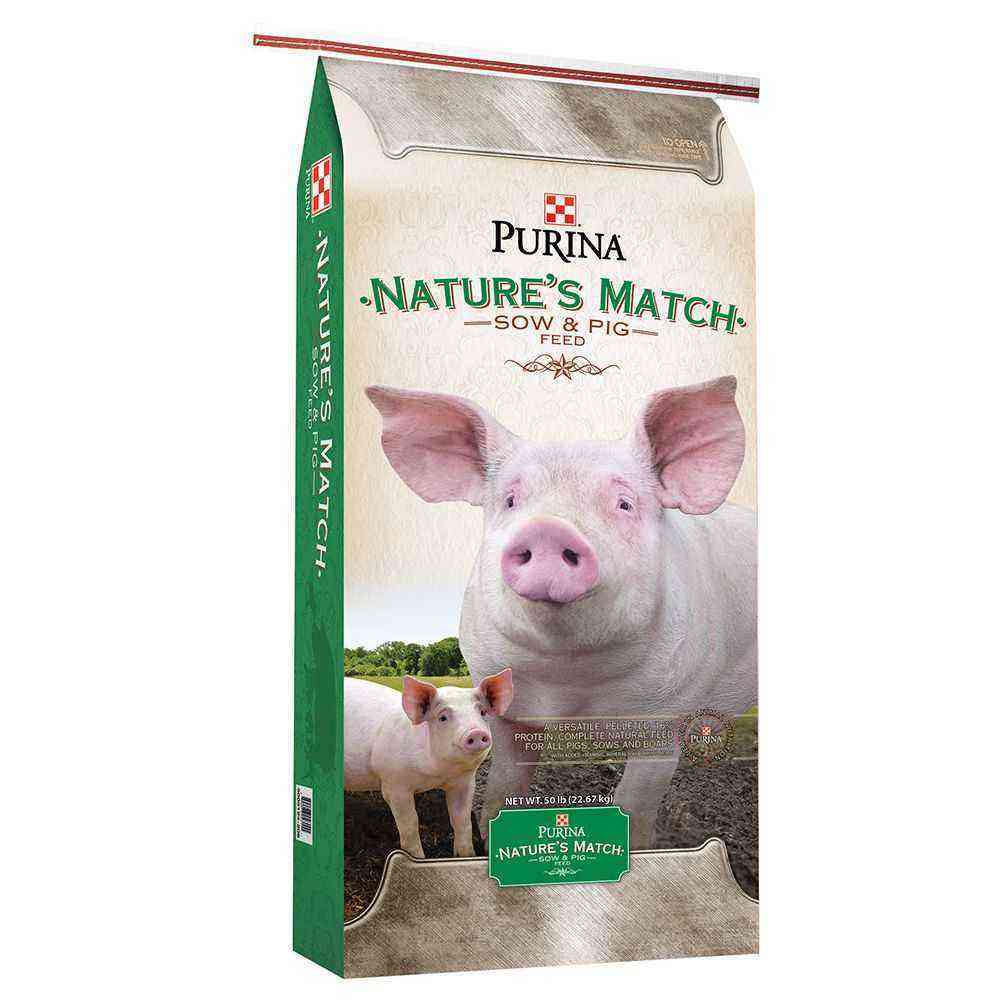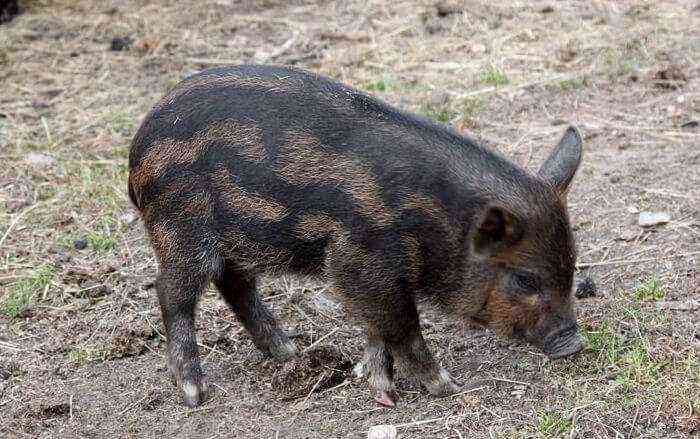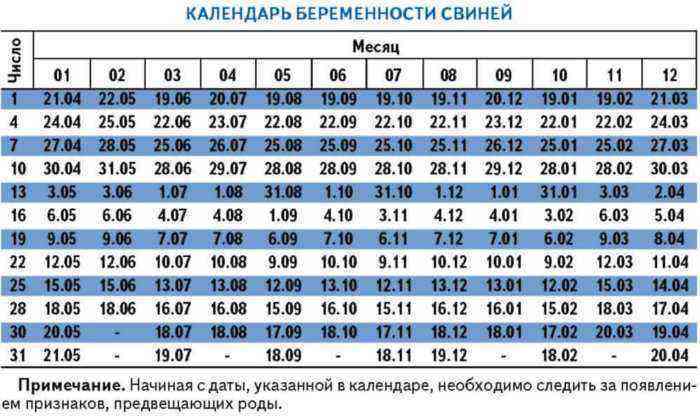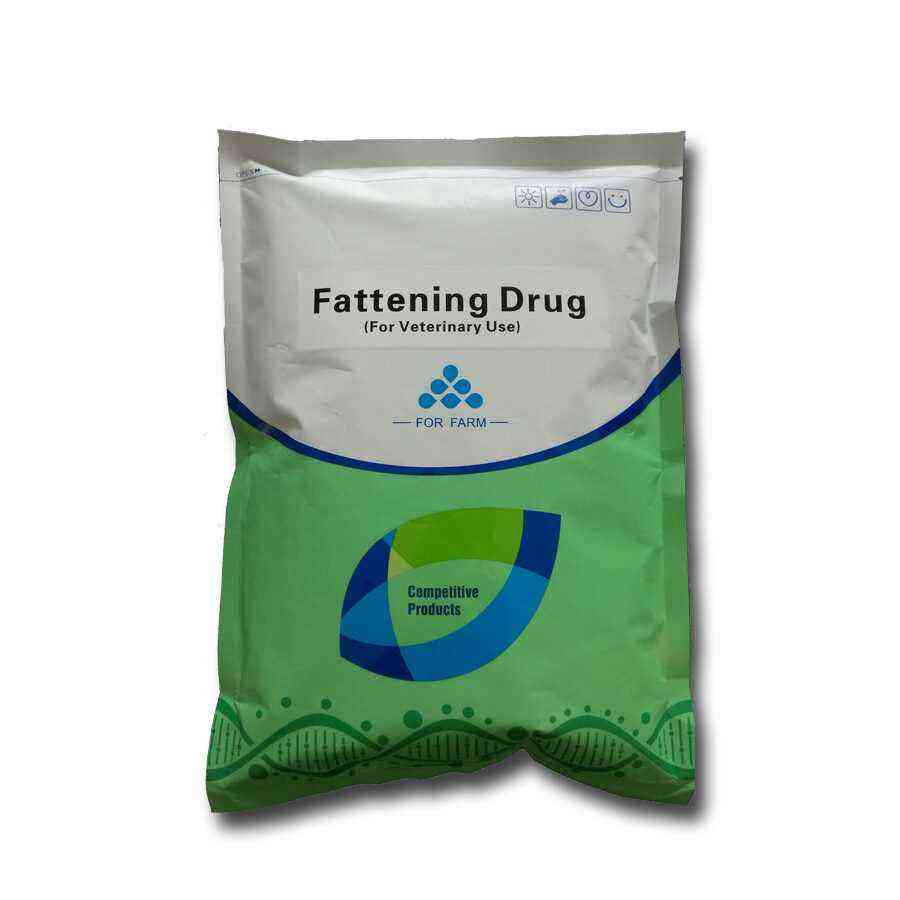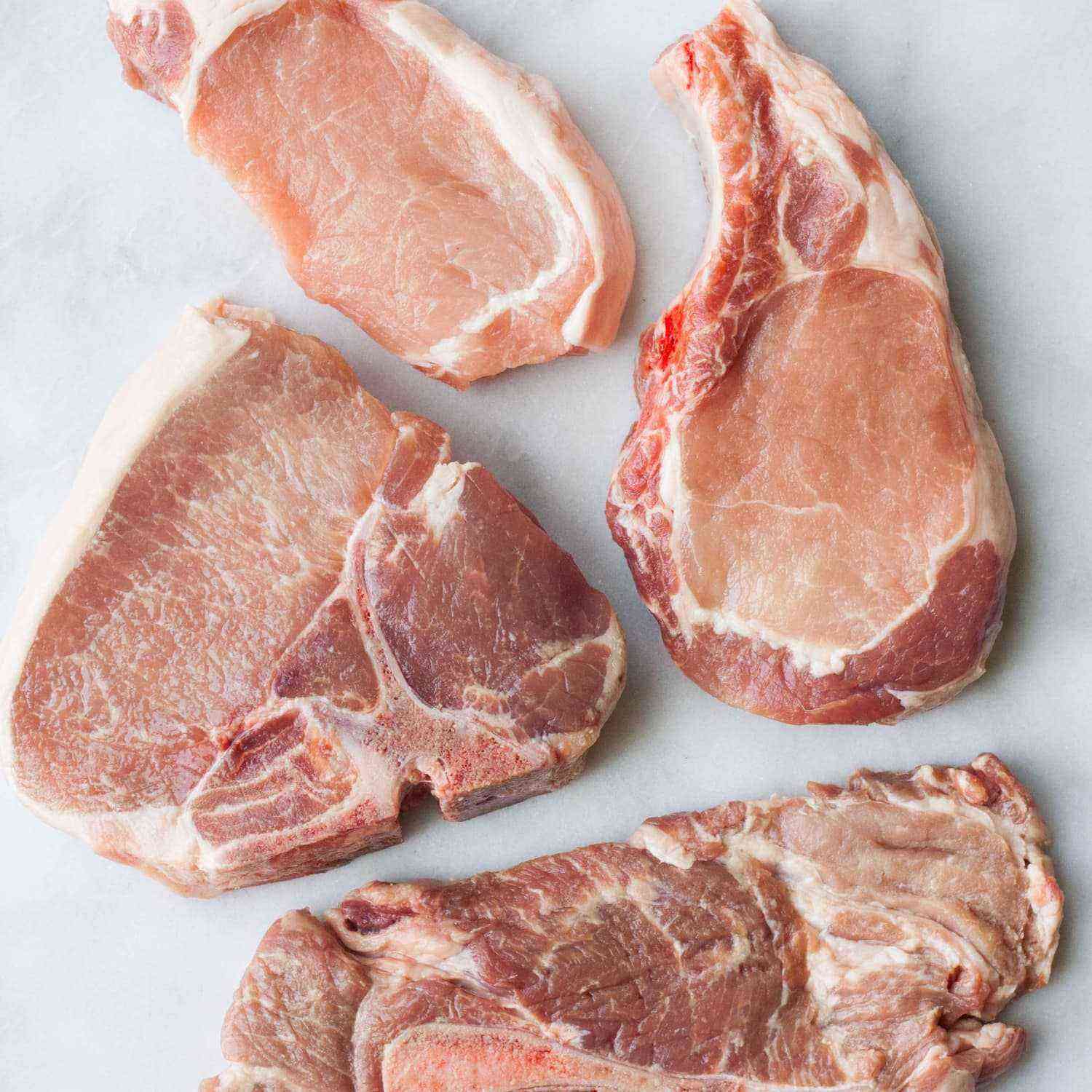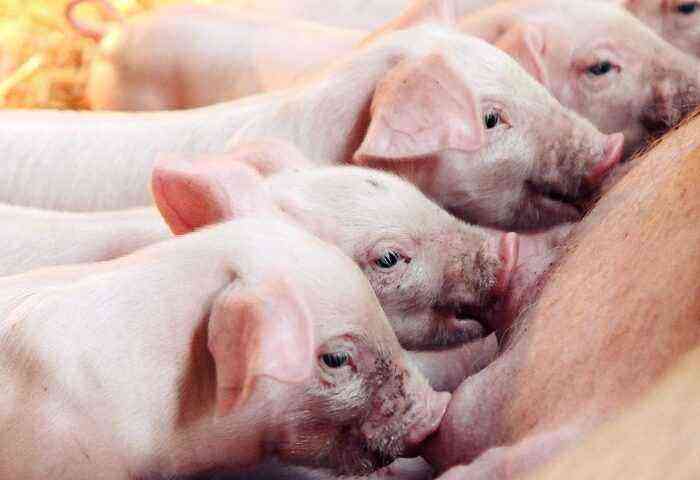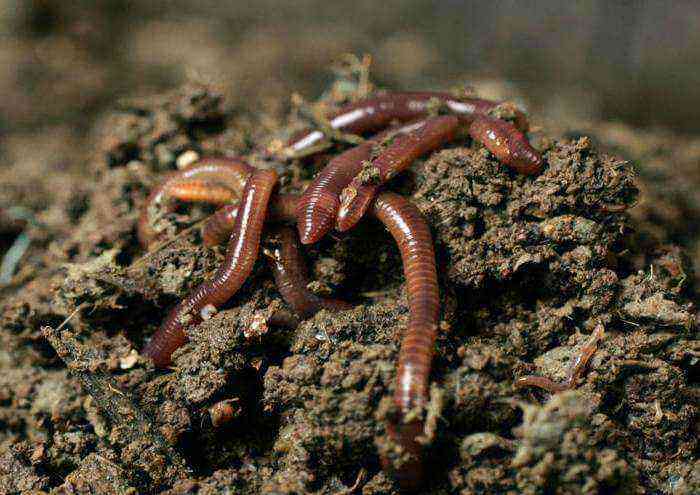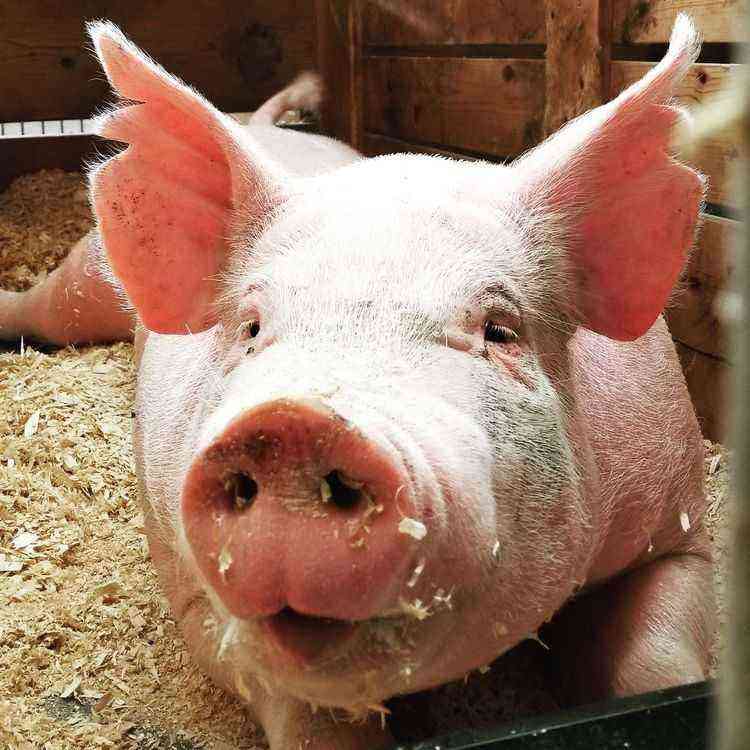In the modern world, pig breeding is gaining more and more popularity. It is profitable and fast, but everywhere there are costs and cattle breeding is no exception. Like people, pigs can also get sick only with other, but no less terrible, diseases. This occurs with their improper feeding and living conditions. Diseases are different. One of them is a circovirus infection of pigs. This is one of the most terrible diseases, which is accompanied by damage to almost all important organs. But you can fight it too.
Circovirus infection of pigs
What is a disease?
Circovirus infection is a disease caused by the Circoviridae virus. Most often, the disease affects newly born piglets. It is characterized by emaciation, stunted growth, diseases of the gastrointestinal tract, respiratory diseases. Sometimes there is jaundice. It affects piglets that are 6 to 15 weeks old. In most cases, death occurs. The virus is divided into two types:
- Non-pathogenic, that is, passive, it can be in the body, but not particularly developed.
- Pathogenic, on the contrary, actively develops and infects other cells and other individuals nearby. It is with this type of virus that we have to fight.
The virus is a DNA helix that infects the pig’s immune system and its lymph nodes. The causative agent is very difficult to destroy. It dies only when exposed to temperatures above 60ᵒ for more than 10 minutes. It cannot be destroyed with chlorine or lipid solvent. Only when treated with iodine for more than two hours can the further spread of the virus be blocked. It is almost impossible to completely exterminate, only to freeze for an indefinite time.
This virus is a huge problem for most pastoralists. It spreads in urine, saliva, feces, on the mucous membranes of the eye, that is, almost everywhere. In addition, there are factors that allow the virus to spread more successfully:
A large cluster of individuals in one barn
- One common barn, where the animals are in one big pile. Animals should be in separate sections, and not in a general way. This contributes to the accelerated development and spread of the disease.
- Too many pigs in one place. One pig – one stall! An exception is mating, pregnant or just giving birth females. All other animals must live separately.
- Neglect of medicines and vitamins. Do not think that the pigs themselves will cope with everything. They, like humans, need outside help. It is all possible medicines and vitamins. Don’t forget about prevention.
- Bad food. The choice of food also needs to be taken with all responsibility. Avoid products containing mycotoxins.
- Raising animals in three phases. Yes, and it can contribute to the disease. Even if you decide to act this way, you should not forget about prevention and precautions.
- Mating of pigs with preliminary fattening.
- Overzealous vaccination of piglets. Don’t get too carried away with this. The body of babies is weak, it does not have time to absorb all the vaccines, so pigs may get sick.
- Neglect of room cleaning. Although the virus is difficult to destroy, it is still necessary to regularly disinfect the barn.
Basically, due to non-compliance with these rules, a disease such as porcine circovirus occurs. That is, we can say that the main cause of infection of livestock is the negligent attitude of a person. If you want your farm to prosper, treat it with due care and diligence.
Symptoms
Each farmer must be familiar with the symptoms of this disease, otherwise a fatal outcome cannot be avoided. The disease quickly affects the body, which allows you to determine the diagnosis before death occurs. There are a number of signs by which the presence of an active virus can be detected:
symptomatology
- Slowed or even halted growth. If you feed the animal well, but it does not grow, then this is a sure sign of the disease. At each feeding of animals, you need to monitor who eats how much. Lack of appetite can mean serious problems.
- Tremor. The presence of such a phenomenon is not normal, you need to immediately begin to act.
- Lethargy. Young piglets have a lot of energy, they constantly run and play. Lethargy and drowsiness are a sure sign that a piglet is sick.
- Difficulty breathing, wheezing, shortness of breath are all symptoms.
- Disorder of the gastrointestinal tract.
- Yellowing of the skin, the manifestation of blue-violet smudges, rash.
- Violation of coordination of movements. The animal should not walk, staggering or falling to one side.
If you do not pay due attention to the piglet in time, then a lethal outcome is guaranteed, but such changes are hard to miss. A responsible farmer will immediately take treatment measures.
Diagnostics
Initially, it is not difficult to establish a diagnosis, it says too much about the presence of a virus in a pathogenic state, but for a more accurate determination of the activity of this particular disease, it is necessary to conduct an internal examination of the animal. That is an examination by a pathologist.
An autopsy reveals:
- enlarged lymph nodes, which is a key point in making a diagnosis;
- the respiratory organs are changed, there are meat inclusions;
- kidney enlargement;
- inflammation of the cardiovascular system;
- spleen disease;
- signs of hepatitis in the liver;
- the presence of ulcers on most organs.
Signs of hepatitis in the liver
All of this just sounds terrible. One virus infects almost all organs. No wonder pigs die from this disease.
Treatment
There is a way out of this situation. When the disease has not affected the entire body, it can still be cured. Unfortunately, there is no vaccine for it. Development is just underway, but a universal solution to the problem has not been found. We have to treat animals with conventional medicines.
But our scientists have found an alternative solution. There is a Russian development of a drug that is somewhat reminiscent of a vaccine. This is Porcilis PSV. The drug is very common in recent years. It can be applied once or even twice, depending on the age of the piglet.
Single use up to 35 days of life. The vaccine promotes the development of a reliable immune system resistant to the virus.
Double dose will be applied from the 50th day of life.
Vaccination will be successful only with the appropriate development and age, and maternal immunity also has a great influence. Such attention is given to him because the piglet receives substances that support its immune system through mother’s milk.
Prevention
No vaccine or medicine will help if disease prevention is neglected. Preventive methods are simply necessary in any conditions, for all living organisms up to humans. Fighting the disease will help to bypass it. That is why farmers and pastoralists pay so much attention to prevention. Let’s look at the necessary measures to prevent the development of infection:
Vaccination of piglets
- Careful selection of food and supplements. Products containing mycotoxins must be avoided, therefore, before giving food to an animal, it is necessary to check it for the presence of harmful substances.
- Give preference to raising pigs in two phases. This method of disease prevention is one of the most relevant. They shouldn’t be neglected.
- Vaccinate piglets only when needed. If there is a need to use the medicine, then, of course, you should use it.
- Divide all pigs into separate sections. Special compartments are needed for each animal so that they do not interfere with each other.
- Add special additives that increase the immunity of animals, introduce vitamins into the diet in the form of drugs or vegetables, fruits, herbs.
- Constantly monitor the condition of your animals: appetite, activity. All this is very important.
- Conduct regular disinfection of the premises. The barn must be regularly cleaned and disinfected with special means.
Important! The main thing is to keep your farm in good shape. If your animals live in mud, it’s no wonder they get sick.
So, if you do not neglect prevention, then your cattle will be absolutely healthy.
Conclusion
Circovirus infection of pigs is a very dangerous disease that affects almost all organs of the animal. The virus can be in both non-pathogenic and active states. With the wrong maintenance of livestock, the disease begins to develop actively. In most cases, death occurs, but the virus can and should be fought. In order for pigs not to get sick, it is necessary to follow all the rules of prevention. If the animal is already sick, then you can use a special tool that resembles the action of the vaccine, Porcilis PSV. After treatment, great attention should be paid to prevention and everything will be fine.
